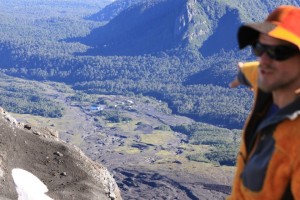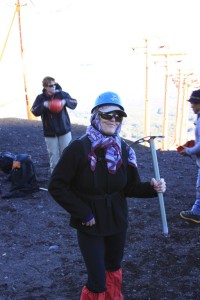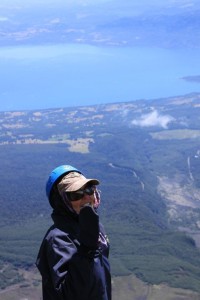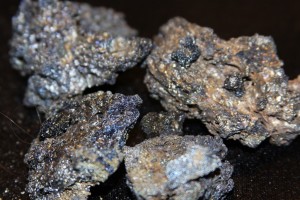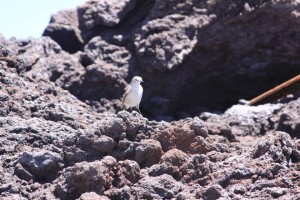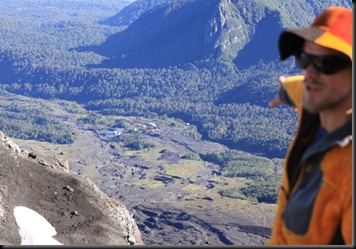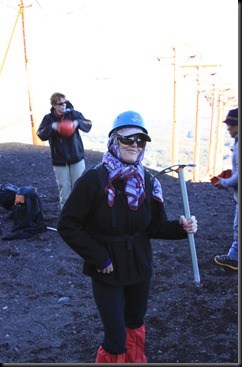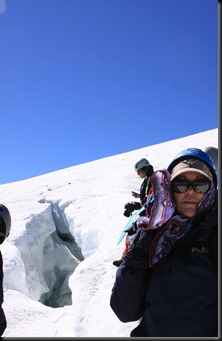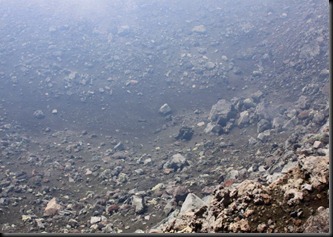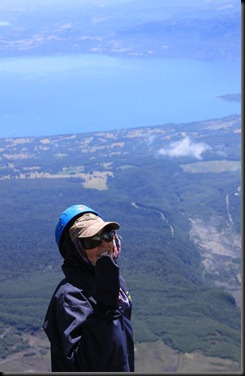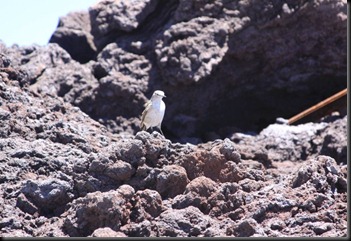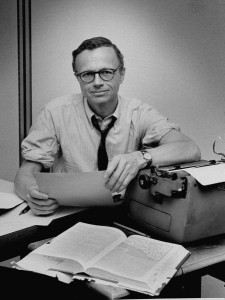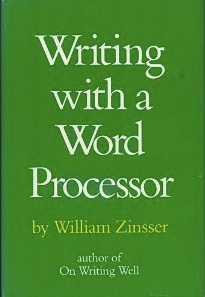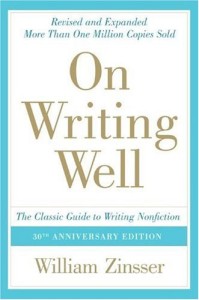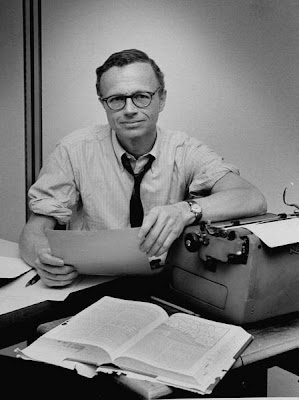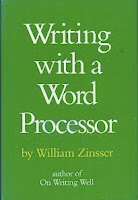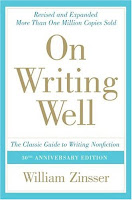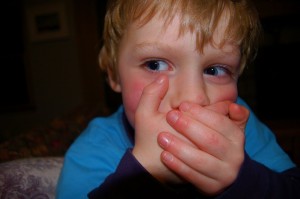By: Kathleen Pickering http://www.kathleenpickering.com
My muse returns to the spotlight for Valentine’s Day, not because I love writing more than I love my husband (please, let’s not go there) but because when I decided to join my husband in courting danger, I did so for my Muse—and only for my Muse.
 It all started with this volcano in the resort village of Pucon in southern Chile. The approximate elevation of Volcan Villarica is 9,750 feet from sea level. Villarica is smoking. She is alive, well and dangerous. As a matter of fact, the photo above of Villarica with smoke billowing from her crater was taken from Pucon by my sister-in-law at the time we were approaching the top.
It all started with this volcano in the resort village of Pucon in southern Chile. The approximate elevation of Volcan Villarica is 9,750 feet from sea level. Villarica is smoking. She is alive, well and dangerous. As a matter of fact, the photo above of Villarica with smoke billowing from her crater was taken from Pucon by my sister-in-law at the time we were approaching the top.
Now, in all fairness, Villarica has been smoking for a very long time. She belches now and again. Last lava flow was 1984. This photo shows its last path:
Our guide, David (shown in the picture) promised that there is seismic equipment to detect impending volcanic activity enough in advance that we were free from danger of an eruption. However, when they give you tools like hard hats, ice axes (which he said would be our best friend on the climb—and was right!), crampons for your boots, and cold weather gear for a five hour climb to the top, you sort of figure you’re not going on a picnic.
I tell you what. When my Muse and I rode the first leg up the mountain on a chair lift with no seat belt, I held on for dear life (I’m terrified of heights) while my flighty Muse started jumping around the chair lift, wanting to take off. You see, Sam Wilson in my Mythological Sam series will have a demon battle on a volcano at one point, so I took my girl up there to really test her wings. As I had expected, she started pulling in scenes from the moment I pulled on my first boot.
While I cavalierly mention the danger factor, I have to admit that when I agreed to make this climb, I hadn’t considered danger. I’ve hiked so many less grueling places before that the words volcano, toxic gas, rock slides and fissures in glaciers were terms relegated to National Geographic, not my physical well-being. Reality started to settle in when they gave us instructions on how to use the ice ax to keep from sliding off the glacier should we lose footing and fall. I mean really!
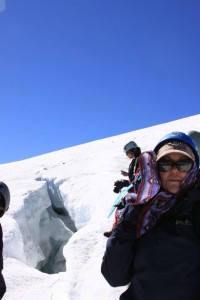 Here is a fissure in the glacier. Not a place to lose one’s footing!
Here is a fissure in the glacier. Not a place to lose one’s footing!
 This photo shows Inside the crater with sulfur dioxide gas seeping through the surface.
This photo shows Inside the crater with sulfur dioxide gas seeping through the surface.
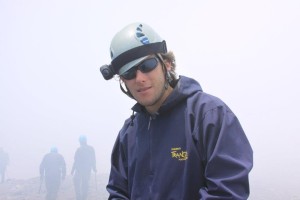 Friend, Gustavo, is holding his breath on the crater rim here. (Crazy, I know! At least I knew enough to get off the edge.) The gas literally burns the inside of your nose. Can’t imagine the lung damage should one breath in those fumes for too long. The buzz word here is toxic. We were lucky there wasn’t a wind shift.
Friend, Gustavo, is holding his breath on the crater rim here. (Crazy, I know! At least I knew enough to get off the edge.) The gas literally burns the inside of your nose. Can’t imagine the lung damage should one breath in those fumes for too long. The buzz word here is toxic. We were lucky there wasn’t a wind shift.
On the flip side of all this danger, when walking in a slow, steady rhythm in single file across the glaciers or up the rock faces, I found myself one-on-one with nature, once again, renewing my awe in her Presence. The captivating views sent my Muse soaring. In my mind, I was out there flying right beside her.
These spectacular vistas changed my point of view from ground level, for sure!
Once we came off the glacier and arrived at the rocky climb to the “false peak” just below the crater, the unexpected (in a good way) happened. The closer we traversed to the top the more colorful the black lava became. The photo below doesn’t do justice to the iridescent colors of the lava rocks littering the peak . . . glittering with blue, orange and gold colors like jewels in the sunlight. I couldn’t resist. I scooped them up by the handful. That mountain with it’s layers of lava flows, glacial formations and different rock types is a geologist’s dream.
So, when my heart finally stopped pounding, I was able to catch my breath. We actually reached the top without incident, except the gas had me scrambling back down to the glacier edge, toot sweet. What we didn’t see? Animals. Not a one. Except for a lone bird at the top—and that’s a story for another time.
For the return, the group was rewarded with a two and a half hour slide down the glacier. No joke. Curving channels like toboggan runs were cut shoulder deep into the glaciers just wide enough to accommodate a person seated on a plastic disk with a handle attached at the waist. I wish I had a photo of one of us descending in those channels. It cut the descent time in half and the laughter made up for all the labor spent on the challenging climb up.
I’m thinking this trip covered all three rules for keeping Muses happy: love, feeding, and letting her fly.
Then why a Valentine’s gift, you may ask? Because I don’t usually put my tail in danger to prove my love for my Muse. This adventure was like a box of bon-bons on steroids, and given my fear of heights (which has lessened now, I must say) I took her higher than she’s ever flown before, at least with both feet still on the earth.
Since we just got home, I’m taking all of today to recover. My Muse is full and happy. Now, I just hope my husband will understand (and laugh out loud) when I hand draw him a Valentine’s Day card and order take-out—delivered. We’re staying in!
If you’d like to see more volcano pictures, please feel free to visit my Facebook album: Climbing Volcan Villarica. (You may have to sign in first for the link to work. Otherwise, visit: www.facebook.com/kathleenpickering.)
Then afterwards, let me know what you are doing today for Valentine’s Day . . . is there any Muse involved?
Happy Valentine’s Day to you, and most importantly, Happy Writing!

